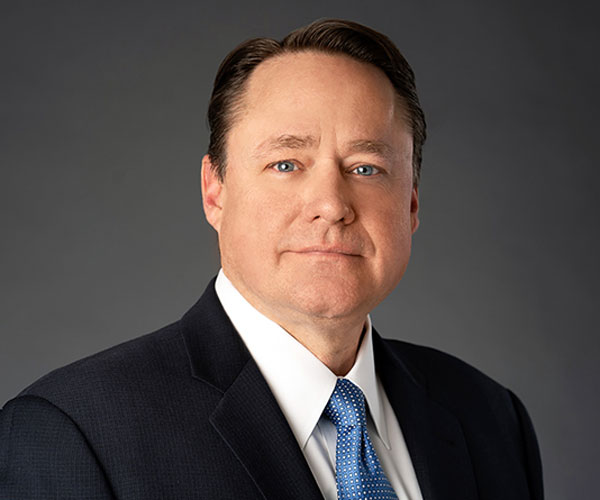Reduce friction to improve experience
 In business, we're always striving to improve efficiency. Efficient operations cost less money to run, are more productive, and reduce employee frustrations. The result of these components: A better member/customer experience.
In business, we're always striving to improve efficiency. Efficient operations cost less money to run, are more productive, and reduce employee frustrations. The result of these components: A better member/customer experience.
You increase efficiency when you decrease friction. Friction can be found throughout your business model – internally with employees and externally with members/customers. Author Josh Kaufman explains friction, and offers these questions for businesses to consider:
- Where can you identify wasted time, resources, and energy?
- How can you eliminate this unnecessary friction?
- Do you have regularly scheduled time to review your businesses' current systems and processes in an attempt to identify and eliminate friction?
One area ripe for review is likely your approval processes. How many people must review a product before it's launched? Who's involved in the development? Is there one person with ultimate decision rights? Too many people and steps slow down the rollout. Too many opinions can dilute the quality of the final product.
From the external stakeholder point of view, when friction is present in a process, it drains energy and makes completing the process unpleasant.
Just think about how our behaviors have changed over the past few decades as businesses have sought to reduce friction, spurred by new technologies. In the financial services and retail sectors, writing checks is almost unheard of. If you're behind someone who pulls out a checkbook, you likely sigh in exasperation. Now, we grab our phone for contactless payment and are out of line within a few seconds. When buying things online, more retailers are implementing one-click purchases.
Steven Van Belleghem – an international keynote speaker with expertise in consumer-centric thinking and technology – has four tips to help businesses remove friction from the member/customer experience:
- Appoint friction hunters: I frequently encourage leaders to challenge the status quo if they want their organizations to continue growing. Van Belleghem's advice is to hire people who are inquisitive problem solvers and can identify outdated processes that no longer meet your goals. Irrelevant processes, products, and services will only weigh you down.
- The friction-free employee: Not only is it important to look for internal processes that could be improved, but leaders should also consider what stands in the way of making members/customers happy. Create an environment where employees are member/customer driven. Give your employees autonomy to handle member/customer inquiries on their own. Having ownership of those relationships with strengthen the service.
- When algorithms start shopping: This will look different for every business, but Van Belleghem recommends finding areas to implement automated buying. That might be allowing members/customers to update their profile preferences to be automatically signed up for webinars that cover a specific topic, without ever having to go through the registration process themselves.
- Let the data smooth things over: Consider opportunities to leverage data and technology that can anticipate your members'/customers' needs. For example, if a member downloads a resource from your website, look for automated systems that can send a follow up with additional resources or recommend an upcoming event on the issue.
There are a lot of resources to help you identify opportunities to remove friction in your business model (like this one from Comcast Business). Keep in mind, some friction isn't a bad thing – you want to ensure there is still proper oversight and checks and balances. But anything you can do to make your employees' and members'/customers' lives easier will boost their well-being and company loyalty.
Follow me on Twitter (@BDanBerger)
About the Author
B. Dan Berger, President and CEO, NAFCU
 B. Dan Berger first joined NAFCU in 2006 and helped turn the association into the premiere advocate for the credit union industry.
B. Dan Berger first joined NAFCU in 2006 and helped turn the association into the premiere advocate for the credit union industry.
